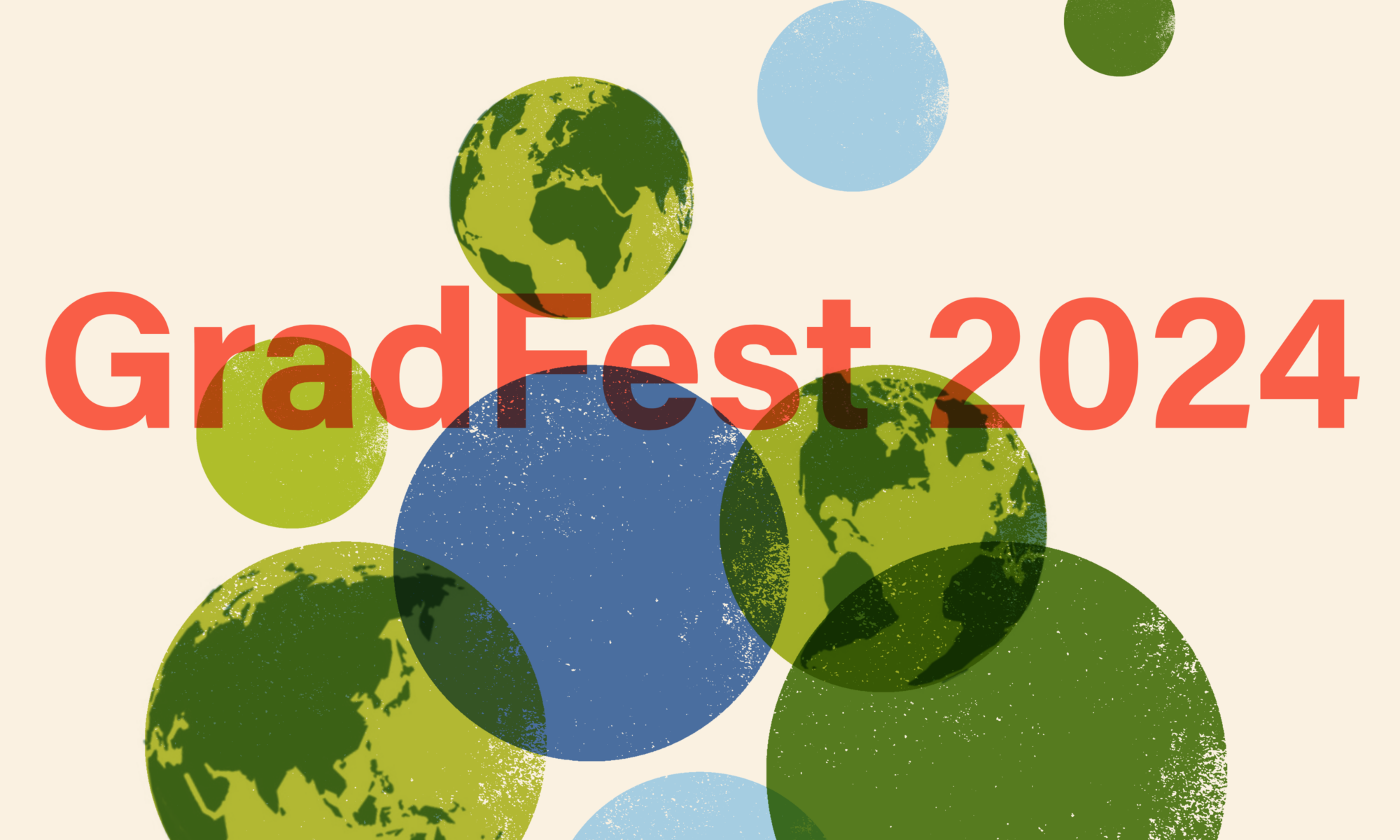Academia.edu profile | Google scholar profile | Twitter
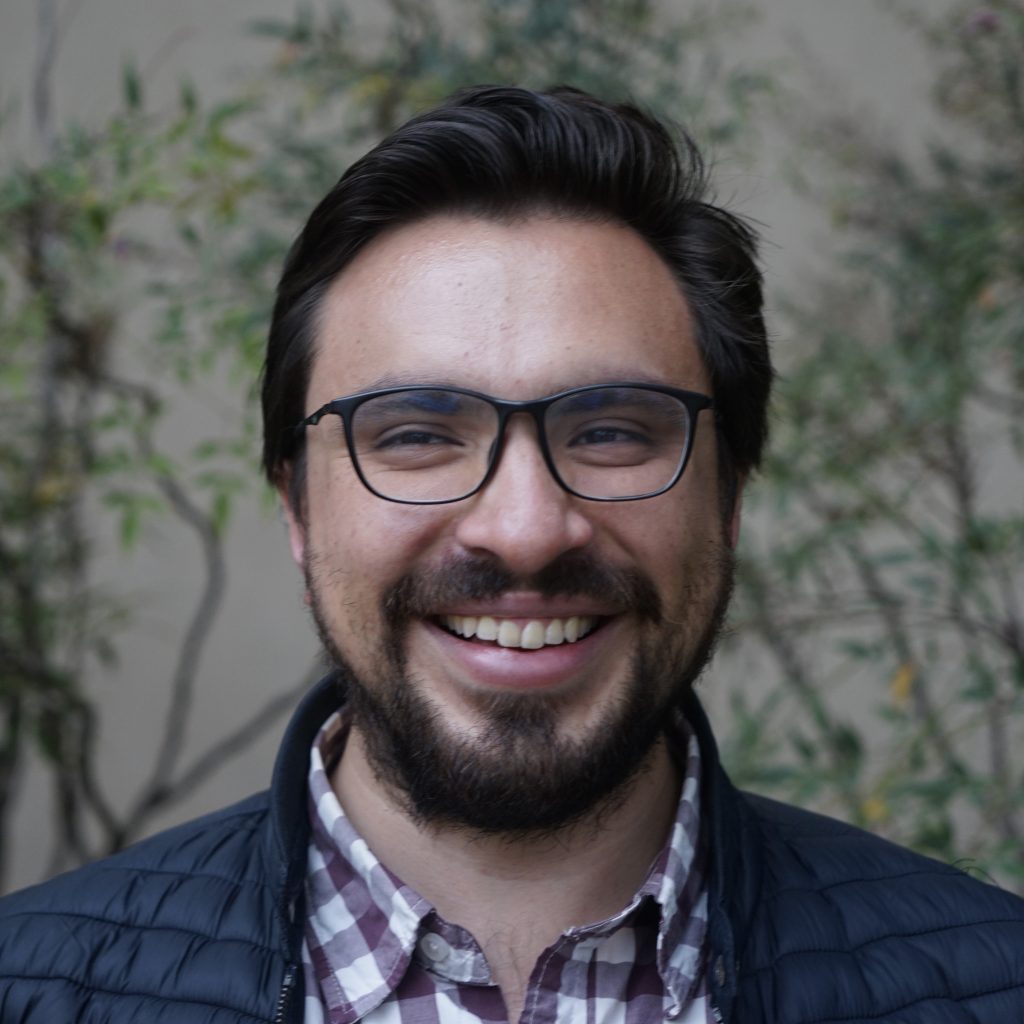
Feel free to contact Sebastián at srubianog @ berkeley. edu if you have questions or comments regarding the content here.
Sebastian Rubiano-Galvis arrived in Berkeley five years ago, in 2015, with a law degree and a masters’ degree in geography from the prestigious Universidad de Los Andes. He had already had a pile of experience in legal counseling and advocacy with and for indigenous and other small-scale gold miners and mining communities in the Colombian Amazon. He had also written a book, peer-reviewed articles, reports, and book chapters as well as legal briefs on environmental and justice topics. What could he want from Berkeley?
Sebastian sought to formalize and expand his interdisciplinarity by bringing together his experience and interest in environmental justice, forest politics, and the law in ESPM. Along the way to conducting his research, he co-wrote another book engaging his experience in small scale mining and continued to advise key legal and practical conflicts over mining and territory in Colombia. Just before taking his quals, he scaled up the purview of his projected research and took on a much broader political ecological inquiry: examining the processes and discourses through which mercury had been made into an iconic global “problem.” He helped organize one of the first international meetings on the Minamata Convention. He then focused his gaze on the global arena where many politics around mercury’s abolition were playing out. Sebastian’s dissertation examines this highly conflicted and toxic substance—mercury—making it his business to track its progress as a political and politicized non-human actor deployed in global politics over land and national identities, and showing up the major contradictions in dis-placed scientific research on the topic.
It is rare that we allow our students to expand the reach of their dissertation projects rather than to hone and focus them. Yet, I watched, commenting occasionally, as Sebastian took a globally-nationally-and locally-centered science studies perspective on the ways that mercury has been mobilized as both a villain and an inevitably conflicted hero in the love-hate relationship between mercury as toxic substance vs developmental wonder technology. He hobnobbed with mining, technological, and scientific experts in global organizations circulating around that problem—experts he has found may be missing the point on a global scale. He has observed, questioned and entered into policy, scientific and development debates operating at global, national, and local scales.
Sebastian has conducted in-depth interviews and participant observation in places where notoriously violent actors lurked just around corners, faced swarms of insects populating sections of the Amazon River, the latter engulfing him in its heat of many different registers, and spoken truth to global elite power while sharing appetizers at COP receptions. He listened to unmoored international experts being paid to propound ungrounded “policy solutions” to “the mercury problem” that they located but rarely visited far away in the Global South. Like a good political ecologist, in the course of his dissertation journey, he hit the pavement in strategic capitals and centers of calculation. He also embarked on a pilgrimage to one of the world’s first mercury (Cinnabar) mines in Spain and contrasted what he learned in their now tourist-oriented learning center with the knowledges of lifelong miners in Antioquia, a renowned and historic gold mining area in northern Colombia. And though he is still perfecting the last paragraphs of what will be his third book-length manuscript—a dissertation written in English, not his native language—he has a job waiting for him in Colombia: As Director of Environmental Justice at Dejusticia, The Center for the Study of Law, Justice, and Society.
Sebastian, it has been an amazing learning experience for me, your committee, and our LandLab community. Thank you for choosing ESPM.
– Nancy Peluso, Professor, Society & Environment, Department of ESPM
About Sebastián.
Sebastián is a Ph.D. candidate at the Department of environmental science, policy & management at the University of California, Berkeley (USA), where he is part of LandLab and O’Neill Lab. He holds a masters’ degree in Geography and an LL.B. from the Universidad de Los Andes (Colombia), where he has also worked as researcher and lecturer in environmental law and policy. In the 2018-2019 year he was Doctoral Visiting Fellow and lecturer at the Universidad del Rosario Law School (Colombia). His research interests include environmental law and policy, the role of experts in environmental governance, and the politics of environmental science and technology.
Recent publications.
During his time at Berkeley, Sebastián published a book on his master’s thesis on the history of gold mining in Colombian rainforests; a book on Colombia’s responses to different forms of human mobility associated with climate change and disaster events; a paper in co-authorship with one of his dissertation committee members comparing Colombian and Chilean trends of EIA litigation in the energy sector; and a report comparing and discussing trade dynamics, scientific knowledge, and policies about mercury use in gold mining in the nine countries of the Amazon Biome.
Dissertation title:
The politics of the Grey Revolution. Scientists, engineers, and miners in Colombia’s struggle against mercury use in artisanal and small-scale gold mining
In general, I am interested in the question of knowledge production, circulation, and use in environmental governance, as well as in how governance structures require, legitimize, or dismiss certain knowledges over others to define and address environmental problems. Science studies and political ecology scholars have called this ‘co-production’: the mutually constitutive relationship between the ways in which we know the world and the ways in which we choose to live in it. In the case of global environmental problems (e.g., climate change or transboundary atmospheric pollution), this evokes challenging questions: who gets to decide what knowledge counts to define an environmental problem before a global audience? What difference does that make in how we represent and address such problems globally and locally? How do international organizations and states manage the dilemmas of knowledge production and circulation taking place at different levels?
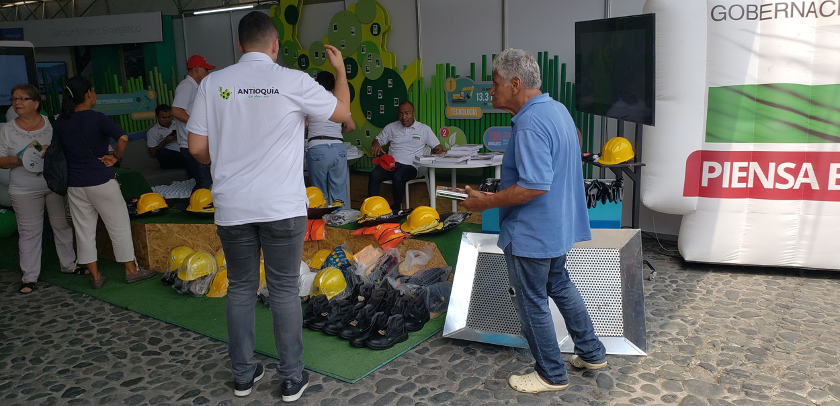
In conversation with debates in science and technology studies, global environmental politics, and critical studies of toxicity, my dissertation analyzed the questions posed above using the case of the international and local efforts to represent and intervene ASGM’s mercury pollution. In the last two decades, mercury -and particularly, its use in artisanal and small scale gold mining (ASGM)- has become the target of international action in the name of global environmental health and responsible gold markets. Since the early 1990s, states and international agencies like UNEP, UNIDO, and the World Bank have launched a myriad of initiatives to produce data about mercury (e.g. biomonitoring, inventories, surveys, and satellite imagery), as well as to reduce its use in different industries and sectors (through capacity-building and technical assistance programs) with a particular focus on ASGM. According to the 2018 Global Mercury Assessment, ASGM keeps being (as it has been since 2012) the largest source of anthropogenic mercury emissions (almost 38% of all global emissions). Moreover, in 2013 an international treaty on mercury was signed (the UN Minamata Convention) and all of the 82 countries with mercury-emitting ASGM operations started carrying out national inventories and national action plans to reduce and, where feasible, eliminate mercury use in ASGM, as well as in other sectors. One of those countries is Colombia, the largest per capita mercury emitter in the world, the third net emitter after China and Indonesia, and the country where I locally grounded my inquiry.
For carrying out this project, I constructed an ethnographic and micro-focused historical account of how mercury reduction initiatives in ASGM have been implemented in Colombia while being attentive to a more systemic and overarching project of producing knowledge about mercury and eliminating its use at a global scale. I developed my analysis in three steps. First, I historicized the process that led mercury to the center stage of international development and global environmental politics as a global pollutant harming health, the environment, and gold markets. Drawing on archival research and interviews, I documented how the colonial toxic legacies of mining, as well as the uneven technoscientific exchanges that introduced the amalgamation method in Colombian ASGM in the late 19th century, have occupied a marginal space in the efforts to produce knowledge and address mercury pollution in said sector, as well as on the literature on ASGM, mineral processing, and anti-mercury initiatives.
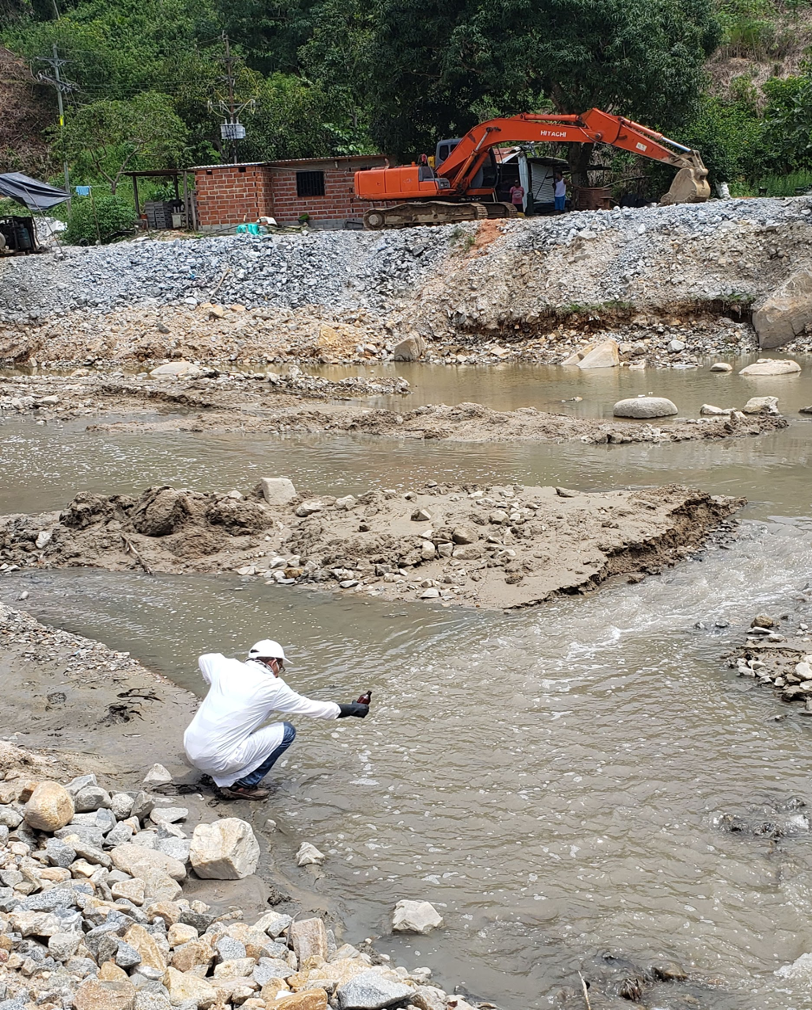
Second, I analyzed UNEP’s Global Mercury Assessment (GMA) reports and Colombia’s national mercury inventory. Through text analysis, interviews, and descriptive statistics, I unveiled the epistemic thresholds that have been constructed and contested, and by whom, in the production of mercury pollution as a global environmental problem in UNEP’s GMA reports published between 2002 and 2018. Among other things, I found that most of the GMA experts have been male atmospheric scientists from Europe and North America, indicating a lack of diversity and representation in the voices that represent mercury as a global problem, an asymmetry that has implications on how the problem of ASGM is addressed on the ground by states and international agencies. In turn, I examined the case of Colombia’s Minamata Initial Assessment (MIA) project (2016-2018). MIA projects are an initiative under the UN Minamata Convention for states to compile data on how much mercury they produce, trade or emit, so they can prepare to comply with the Convention provisions once they ratify the treaty. My inquiry on Colombia’s MIA helped me illustrate the epistemic selectivity of states that refuse to acknowledge historical mercury legacies and make little efforts to press the oil, gas, waste, and coal industries to produce or disclose data about their mercury emissions.
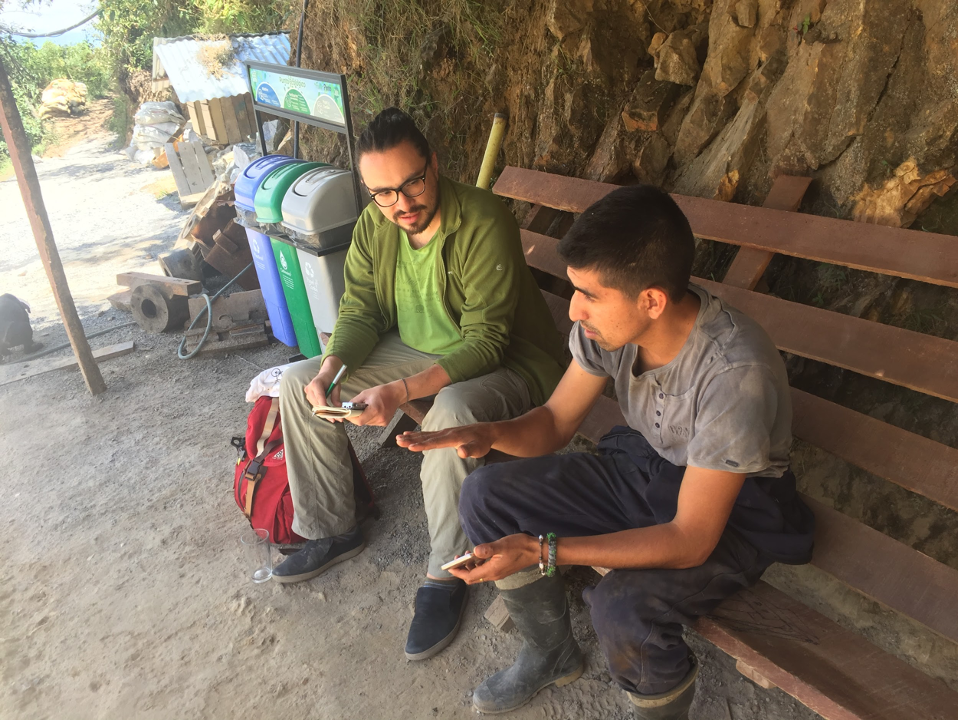
Third, I explored what capacity building (CB) and technology transfer (TT) programs for ASGM have meant in practice for miners, bureaucrats, and mining engineers working in Colombia’s ASGM sector. Focusing on the case of Antioquia, I analyzed how mercury-abatement programs in mineral processing centers are mediated by the politics of technoscientific expertise in the mining sector. For doing so, I reconstructed the institutional history of the anti-mercury initiatives in Colombia through an analysis of a database of 96 mercury projects implemented between 1989 and 2018 in the country. I find that 3 out of 4 projects were implemented in Antioquia and most of them in the Northeast region where Segovia and Remedios, the most polluted places on Earth according to UNIDO (2013), are located. I also provide an ethnographic account of how mining engineers in charge of CB and TT projects have navigated the tension between the international pressures to make ASGM’s pollution legible and the privatization of rural technical assistance. I paid particular attention to UNIDO’s Global Mercury Project implementation in Northeastern Antioquia.
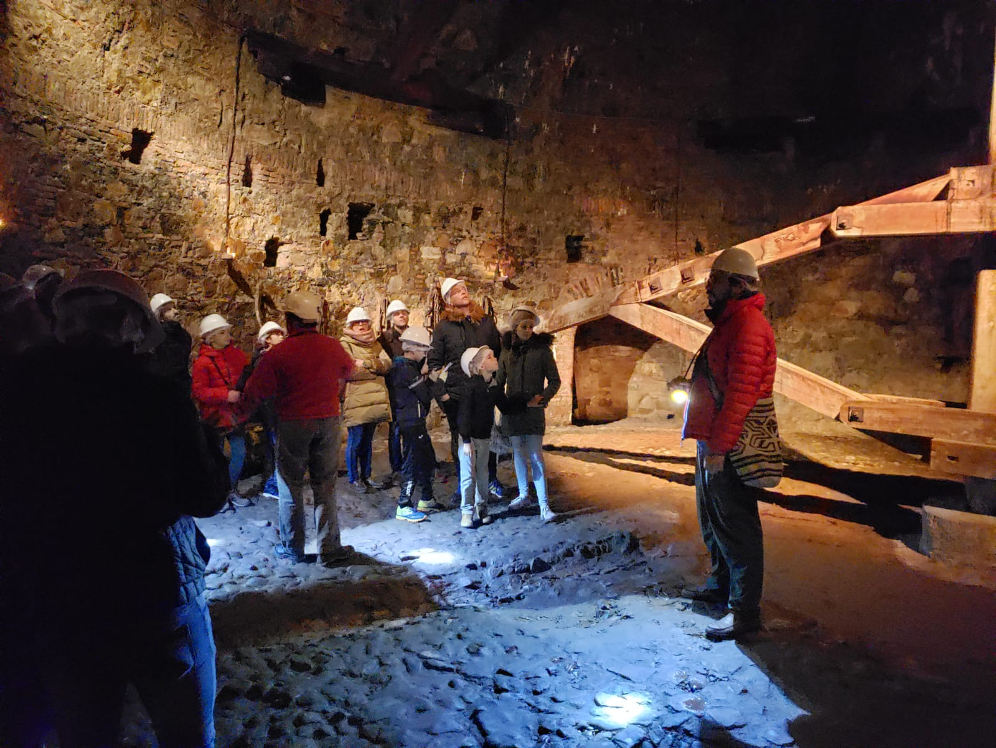
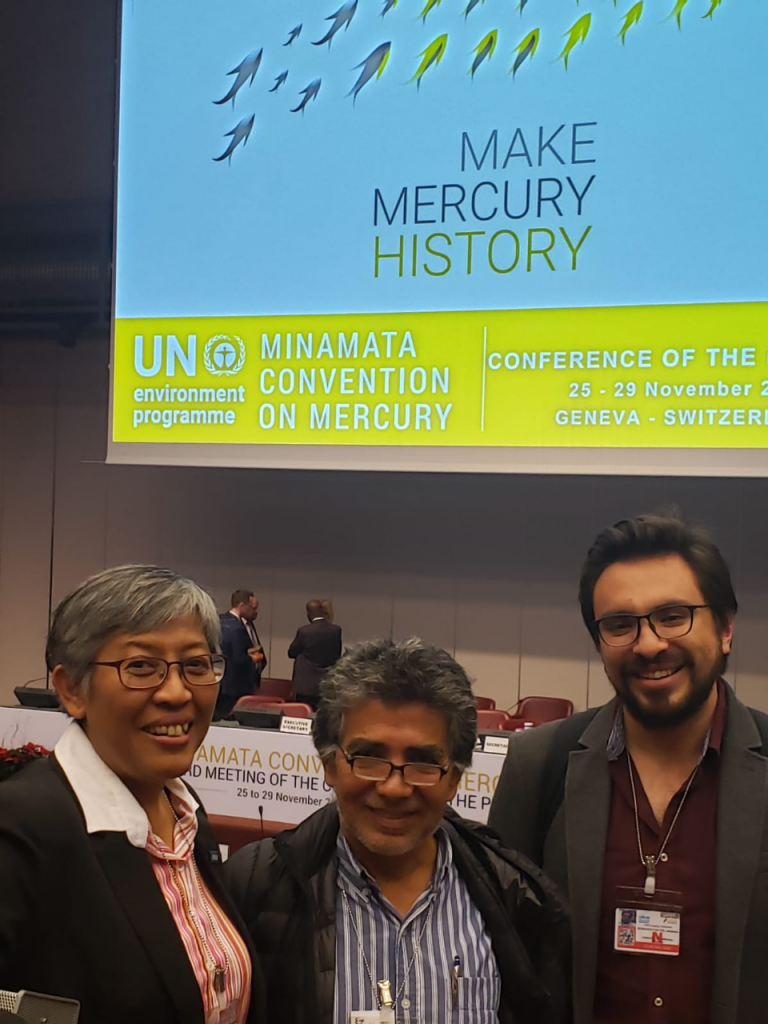
My research has been an exciting and challenging adventure that took me to several sites of inquiry around the world, such as the 1st, 2nd, and 3rd Conferences of the Parties (COP) of the Minamata Convention in Geneva, a science-tech center in San Jose, CA, a mercury mine in Spain, public agencies offices in Bogota and Medellin, as well as metallurgical laboratories, ore-processing centers, and training sessions on mercury-free techniques in Northeastern Antioquia. Aside from my ethnographic observations in these places, I did more than sixty semi-structured interviews with miners, mercury scientists, mining engineers, consultants, activists, and international and local bureaucrats involved in anti-mercury initiatives in Colombia and elsewhere. I also did archival research and legal and text analysis.
